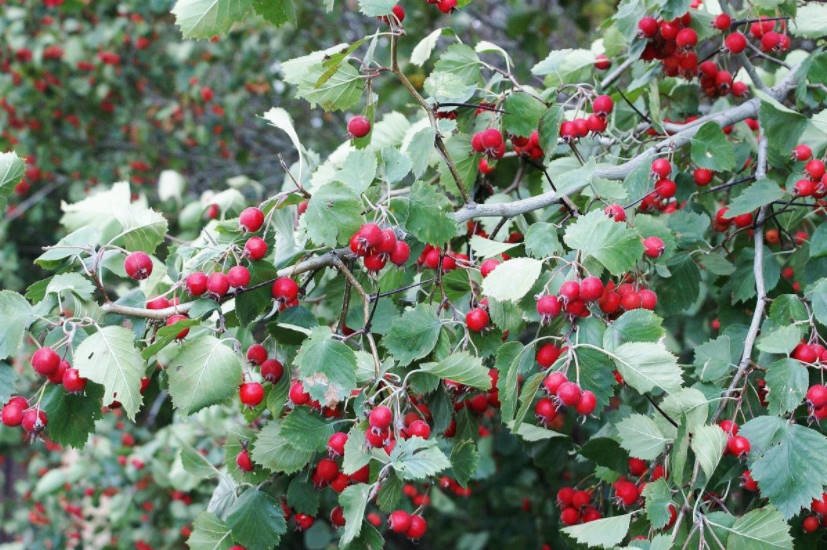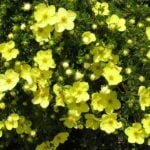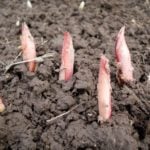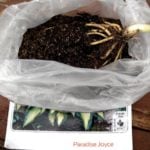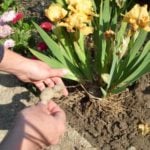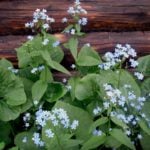In the gardens hawthorn can meet often: grow this undemanding tree, Bush, care of special requires. Spring blooms Blanker or pink flowers in summer and autumn, bent under the weight of bright fruit. Whence the name he has such a wonderful?
In many Nations it is called “thorn”: the British just a thorn (hawthorn), the Germans – white thorn (weißdorn). Of course, the thorns, this plant is remarkable and richly, though not all types of “armed”. The Latin name crataegus comes from the Greek word meaning “strong”, which characterizes hard wood and the ability to grow in one place for up to 300 years.
There are other references in the legends about this plant. He is often credited with the power of a talisman against evil spirits, and he is a symbol of family and a happy marriage.
The cultivation of hawthorn
The plant itself unpretentious, it can be grown on almost any land. Responds well to calcareous soil, prefers Sunny places, but also carries out shading, reacting to a decrease in yield. Steadfastly it tolerates urban pollution, and a well-shorn and formed, therefore, finds application in landscaping of boulevards and courtyards.
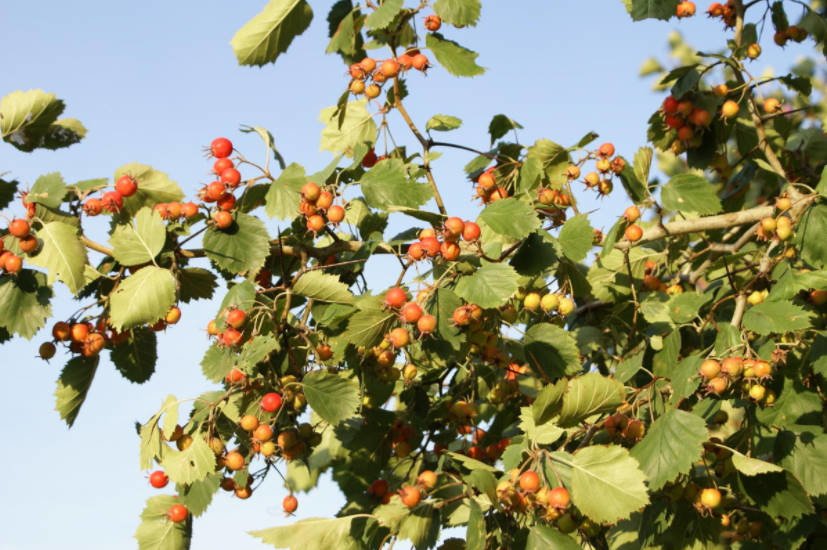
Hawthorn blossoms every year, very lush, attracting a huge mass of bees. On warm days the whole hive buzzing from the abundance of pollinating insects. However, the fruits are not tied every season, which depends on the weather: if the spring is rainy, and the flowers are constantly wet, the fruit can not wait. The first crop appears on the Bush 5-8 years after planting.
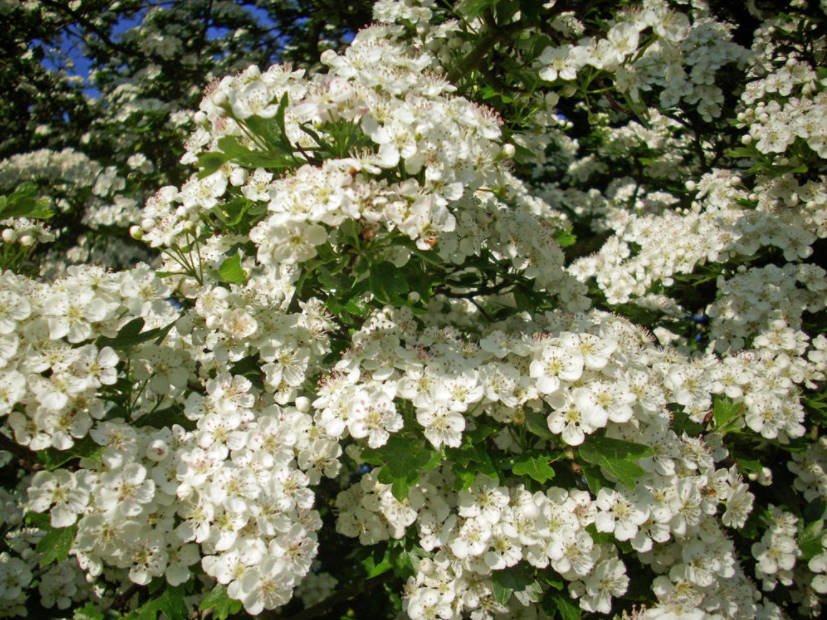
Most hawthorn species are very prolific and this must be taken into account when planning the place of cultivation. If the crop is not harvested, the berry mass falls down and covers the entire space around the plant. In the case where the hawthorn is a lawn or flower garden, clean them will be quite difficult.
We on the site come out of the situation thus: when ripening fruit lay under the bushes of synthetic mesh, securing the edges with pegs, and then collect the surplus (fallen berries). This is much easier to do than to clean the lawn afterwards. The grid serves us for three years and while it’s all fine.
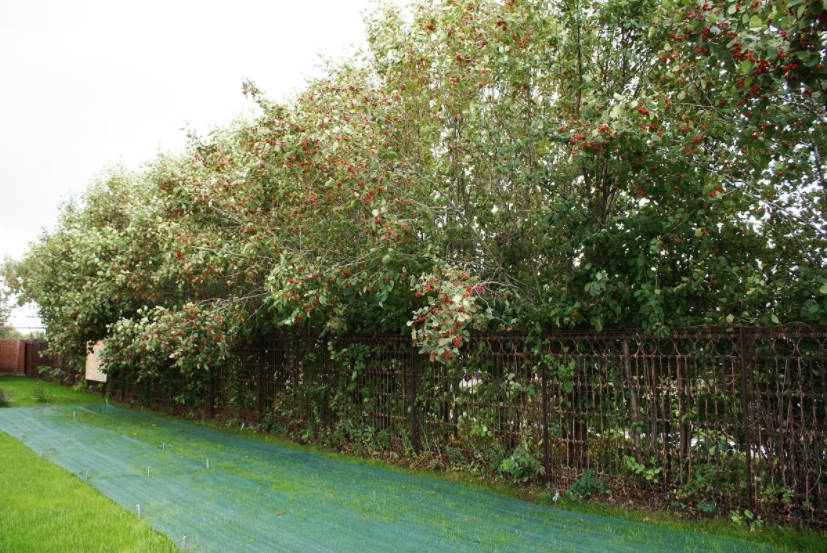
The colouring of drupes, depending on the species and variety can be very different — from pale yellow, to almost black. The size varies from 5-7 mm in diameter in hawthorn red, to 3 cm in large American species.
Reproduction of hawthorn
Reproduction hawthorn is easy and possible in different ways: seeds, root cuttings, layering and grafting.
Seed reproduction
It should be noted that hawthorn seeds have a very hard shell, so the rest period is up to two years. This method of faster reproduction by seeds has been tested. With the existing plants collect immature fruits, seeds of which have not yet acquired such a strong coating. These crutches should be soaked in water for two days, after wipe through a sieve and rinse.
Then the seeds should be treated with 1% solution of potassium nitrate. To do this, soak them in it for a day, and then sown in the ground for the winter. The percentage of germination is small, so you need to sow thickly.
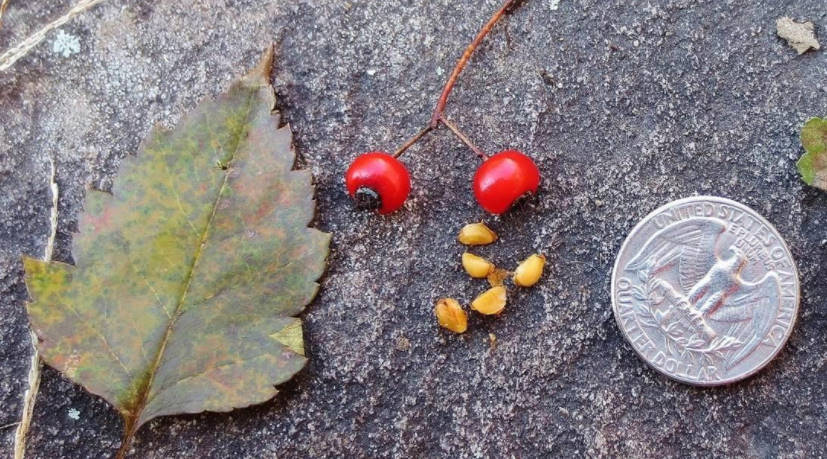
After this preparation, the seeds germinate in the spring and by the end of the season you can get 10-12 cm seedlings. In the second year they are transplanted to the rearing, the annual increase becomes significant, up to 70 cm In the third year of carry out forming of plants by trimming the spring on 3 of the kidney, which causes the shoot formation.
Reproduction layering
Reproduction layering is much easier than seed. The lower branch is partially dug, so that the kidneys, which appeared underground, give roots. For the second year, the young plant can be transplanted to a permanent place.
Reproduction and vertical layering is also possible. To do this, around the trunk of the mother plant establish rim height slightly above the level of the regrowth of branches. This space is filled with soil and watered regularly. Kidney, found themselves covered with soil, give the roots. In the second year it is possible to separate the young plants, transplant to a permanent place and form.
Reproduction by root cuttings
To do this, use the roots of an adult plant with a thickness of 1.5 to 2 cm In late autumn dig the root, cut into cuttings 10-15 cm long and dig them in a greenhouse in an inclined position. Over the land should remain to the end of 2-2,5 cm in length. Spring can be will see shoots, ready to young plants can be transplanted on the second year.
The use of hawthorn
In suburban gardens hawthorn is used as an ornamental, fruit plant, as a dwarf rootstock for pears, as a dense barbed hedge. In fact, the spines of this shrub are very strong, so they were used as thin nails. This spike easily pierces any sole, so after cutting the area around the hawthorn is necessary to thoroughly clean from the threat of small twigs. And even after that, you need to walk there with caution.

Hawthorn is grown for the heart and soul. Its useful properties are used by folk and official medicine. The most popular use is in hypertension, tincture of hawthorn normalizes blood pressure. Also use tincture of fruits or flowers to improve the performance of the Central nervous system, tachycardia, atherosclerosis. The main benefit of this plant is a beneficial effect on the heart and blood vessels. Hawthorn tones the heart muscle, increases blood circulation in the coronary vessels, relieves pain in the heart, raises the tone of the whole body.
Hawthorn has a antispasmodic effect. It is used in headaches, renal colic, intestinal disorders. Tea with hawthorn as a sedative is recommended even during pregnancy, when many drugs are prohibited or undesirable.
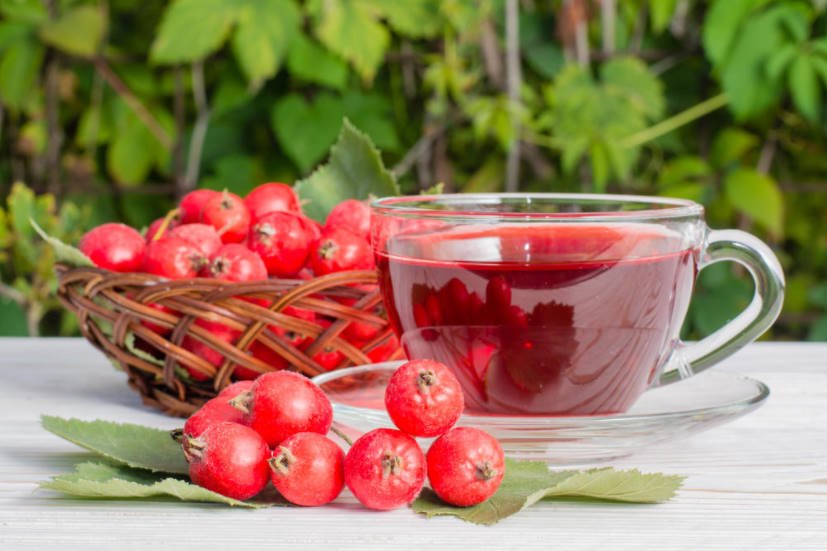
However, there are contraindications. The first thing to talk about excessive administration of drugs from this plant. Do not forget that “everything is medicine, and everything is poison.” Hypotension use drugs from hawthorn to be careful in order to avoid excessive pressure drop. You can not use infusions and decoctions of hawthorn on an empty stomach, it can lead to intestinal spasm, vomiting or vascular spasm.
Harvesting hawthorn
Collect hawthorn at the end of August – the beginning of September. Fruits can be stored in different ways.
- Freezing. Mature fruit harvested, washed, dried and spread in one layer on a tray in the freezer compartment. If possible, include shock freezing. Once the fruits are frozen, they are stored in bags or plastic containers. In winter, used in the preparation of infusions, as an additive to tea and compote.
- Drying. Well dried fruits are stored up to 8 years. Dried fruit in the oven at a temperature of 60 degrees Celsius, sprinkled berries in one layer. Household electric dryers are popular, and it is possible to dry and naturally, having spread out fruits on a flat surface and having covered with gauze.
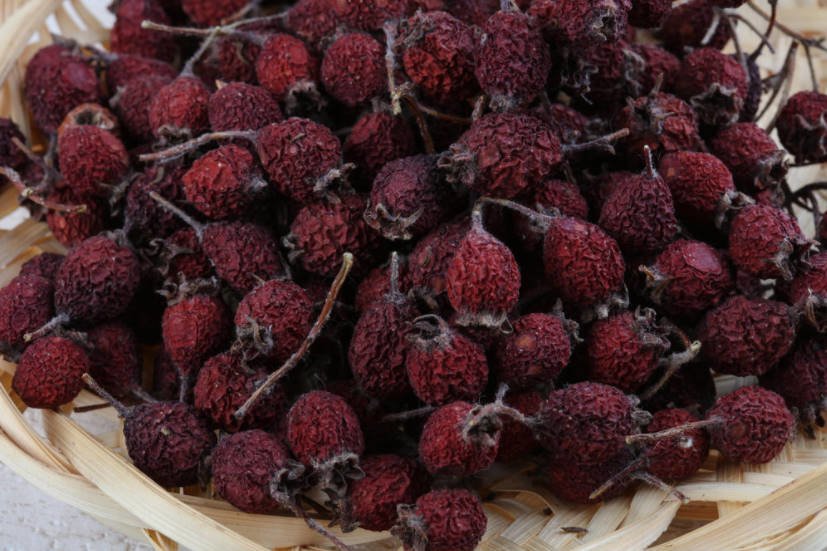
- Tinctures. Insist and fresh, and dried fruit, and also flowers are. For tinctures apply such ratios:
- 200 g fresh fruit take 500 ml of cognac, insist in a dark place for 6-7 weeks. Then the tincture is filtered and stored in the refrigerator.
- 150 g dried fruits take 1 liter of vodka, insist in a dark place for 3 to 4 weeks. Then filtered and removed for storage in the refrigerator.
- On 100 g freshly picked flowers take 1 liter of vodka, insist 10 days. Then filter and accept.
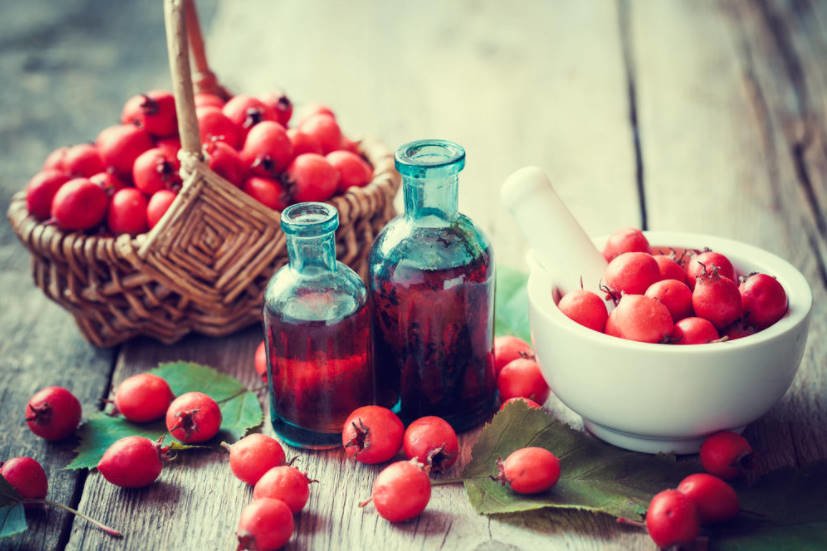
Take tinctures usually 20-30 drops three times a day, but each person is individual and should consult a doctor before starting treatment.
I think, on any site there is a place for such a wonderful beautiful and useful plants like hawthorn. Recommend you to choose any of the types and be sure to plant at home.
